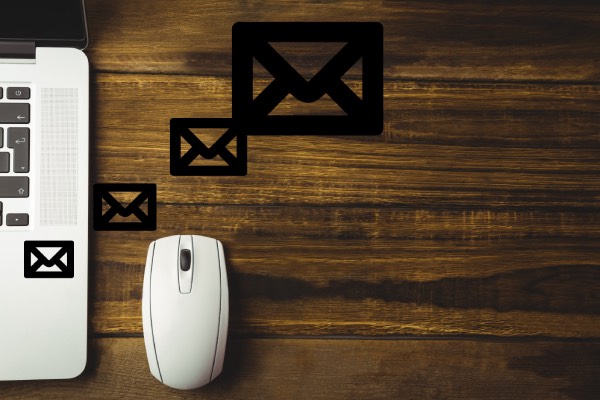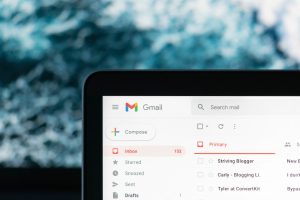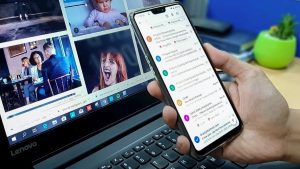
Today, each user receives a huge number of emails. Most companies try to make sure that their message is read. However, they strive not only to ensure that their email is read but also to interest people and encourage them to take targeted action.
Not every company manages to achieve the result they expect. Copywriters and marketers try their best, putting their soul into every email, but the effectiveness of the email does not always remain at a high level.
In this regard, every cold emailing specialist is interested in learning how to write effective texts that can attract and hold the user’s attention. Each text should be not just sincere or comprehensive, but it should be strategically composed. Thus, a successful specialist must have the skills of a good writer, as well as an effective strategist.
When users open your email, they should want to read it to the end to understand what problems you can help them solve. Fortunately, today there are a dozen effective formulas that every specialist can use.
We will go into more detail about each method. In addition, we will tell you how they work and why they are effective.
About cold emailing
When you have a large mailing list with email addresses of various users who are either already your customers or potential customers, you should contact them to start a fruitful relationship. These relationships must become effective, both for customers and for your company.
Customers will receive effective solutions to their problems, i.e. products or services. Your company, in turn, will receive high sales figures.
The beginning of such a fruitful relationship should be cold emailing. The bottom line is that you should start a dialogue with users with whom you have not had communication before.
However, it is not so easy to interest users who receive dozens of emails every day. In this regard, you should understand what exactly you should write to start effective communication. We will offer you formulas that will serve as a framework for your future cold emails.
Effective formulas
Before-After-Bridge
The essence of this concept is that you should indicate the state of affairs that the user may be facing now. Next, you should point out what their world might be like if the problem is solved. After pointing out the problem, you should explain concisely and understandably how your company and your product can help solve the problem or make it more tolerable.
This formula is effective since each person strives to find a solution to their problem. However, the essence of such a formula is that you can offer satisfaction instead of constant stress. Thus, your message will become a certain trigger for users who will respond to it if their problem is critical.
Problem-Agitate-Solve
We all know that troubled moments in our lives leave a much longer and more powerful mark than positive and happy moments. This formula suggests pointing out the user’s problem areas and encouraging them to relieve the stress of the problem. In the end, you should offer a helping hand to get rid of the stress and negativity caused by the problem.
For example, if you are a representative of a mobile operator and you notice that one of the subscribers’ monthly bills has begun to grow, then you can compose a cold letter as follows:
- First, you should report your observation and point out the problem of increasing monthly payments. For example, according to the selected pricing plan, the user may not have enough monthly mobile traffic or free minutes for calls to other mobile networks, which is why the monthly bill increases significantly.
- After that, your task is to offer a good alternative. You can offer to switch to a pricing plan, the monthly fee for which may be slightly higher. However, by choosing this rate plan, the user will not face additional costs.
This method is great for helping users solve their problems as quickly as possible. You, in turn, will get a satisfied customer and the level of income of your company will increase.
But You Are Free
At first glance, this tactic may seem rather unobtrusive. However, as practice shows, it is extremely effective. Your task is to make a request and indicate what you want or need. If you want to promote your product or services of your company, then, first of all, you can describe in bright colors all the benefits of what you offer.
For example, you want to interest a potential buyer in buying a new laptop for work related to graphic design or something else. Many people are well aware that Apple laptops are the leaders in this area today, but for many, their price may seem overestimated.
If you have a great alternative that costs less and has several distinct advantages, then you can put it concisely and understandably. After that, you can add an unobtrusive phrase that “but you are free to buy whatever you think is most suitable for you”. This makes a lasting impression and the buyer will definitely consider your offer.
Star-Chain-Hook
It all starts with some big idea that you want to convey to your recipients. You don’t have to write everything in detail, because users will lose interest in your email. After that, you should give some evidence and proof that this idea is useful and effective.
If your big idea is your product, then you can provide the following evidence:
- Case studies;
- Use cases;
- Customer testimonials, etc.
Such information will confirm the significance of your big idea. Right after that, you need to grab the recipient’s attention. As a hook, you can offer a free trial, a limited-time offer, a 50% discount, and so on.
You save the user from having to look for evidence. After reading your email, the user will receive comprehensive information and your hook will compel the user to purchase or subscribe.
Attention, Interest, Desire, Action
This email text structure is very popular among various companies. It is simple, understandable, and winning in all respects. It works like this:
- You capture the recipient’s attention. Use an effective phrase that will work for a specific buyer or client;
- If you know the problematic points of your buyers or clients, then indicate the result that they can achieve with your product or service;
- You arouse interest in your product or service. As an attraction, you can use statistics and show the results that your customers have already achieved using your product;
- Specify your target action. You can make an interesting offer so that the user buys your product, uses your service, calls you back, or more.
This works because you are laying out all the information for your buyer. They do not need to look for additional information. Plus, buyers get an offer they can’t refuse.
Conclusion
Each of these formulas is effective. If your cold emails aren’t getting you the results you want, it’s time to try something new. You don’t have to use the same formula all the time. You can diversify your texts using various effective methods. In most cases, it is good enough to understand the problem that you can solve. In addition, your offer must be enticing so that the buyer or client has no choice but to buy your product or use your service.





Recent Comments